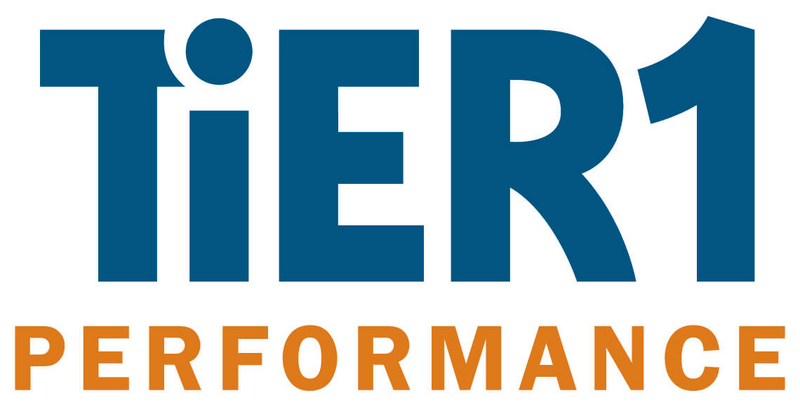ATD Blog
Use Data-Driven Insights to Turn Culture Into a Competitive Edge
How can leaders identify the aspects of culture they need to change, and which levers will yield the results they seek?
Mon Dec 16 2024

Despite its critical role, culture often feels elusive—difficult to measure, hard to change, but essential to get right. To build a culture that drives performance, leaders must rely on another tool: data. Here’s how to approach culture with a data-driven perspective to make it your organization’s greatest asset.
Across industries, we’ve had the privilege of observing high-performing cultures up close. In these organizations, people are aligned around a shared sense of purpose, bound by values that resonate deeply. They’re places where productivity thrives, not just through structure, but through meaningful social connections and a unified vision.
In contrast, companies with weak or fractured cultures struggle to reach their potential. The lack of cohesion affects everything, from employee engagement to customer satisfaction, slowing the pace of progress and diminishing results.
It’s clear to most leaders today that culture is the ultimate performance differentiator—and that it lays the foundation for strategy. A company’s culture will either be its biggest asset or its largest liability.
To build an effective culture, an organization must foster a shared sense of purpose and embed values that guide decisions across every level. When leaders anchor their businesses in these values, they attract and retain talented people, inspire their teams, and create a cohesive environment where accountability drives productivity. When employees see that everyone is held to the same standards and expectations, they’re more motivated to contribute, knowing they’re part of something that values their input and respects their contributions.
However, even with this understanding, changing an organization’s culture remains one of the most complex leadership challenges. Culture is deeply rooted in daily behaviors, beliefs, and unspoken rules. Altering it can create discomfort and resistance. So, how can leaders identify the aspects of culture they need to change, and which levers will yield the results they seek?
5 Actionable Steps to Shape a Culture of High Performance
1. Use Data to Diagnose and Prescribe: Cultural change starts with insight. Leaders need data not just to reflect current realities but to understand exactly where to focus. Data-driven reflection helps track how culture affects the business and provides the foundation for predictive analytics. These tools pinpoint which cultural interventions can most affect performance.
2. Articulate and Reinforce Values: Once data has offered insight, it’s up to leaders to define the core values they want reflected in the culture. Clearly communicating the company’s vision and desired values—and emphasizing how these guide decisions—enables employees to live it. The vision should be shared consistently and openly, ensuring values permeate every aspect of the organization.
3. Model Values Through Daily Behaviors: Leaders set the cultural tone through their actions. After assessing data and clarifying values, they should visibly model the behaviors they want to see. This isn’t just about words; it’s about reinforcing culture through concrete actions that employees can see and emulate.
4. Create an Open Dialogue: A meaningful culture demands honest, two-way communication. Leaders should engage regularly with employees to gather feedback and insights on how the values are playing out in daily experiences. This approach fosters trust and ensures the culture remains relevant to all levels of the organization.
5. Track Progress and Celebrate Wins: To drive cultural initiatives forward, leaders should track progress just as they would with revenue or operational goals. Gathering data highlights small wins, builds momentum, and clarifies the next steps, showing that transformation is achievable, even incrementally. Recognizing these wins validates employee efforts, fosters a sense of achievement, and reinforces a positive culture, making large-scale changes feel attainable and boosting commitment across the organization.
Changing a company’s culture is never easy, but it is possible with a commitment from leaders and a structured approach. When organizations take the time to nurture a culture that supports their strategy, the results pay dividends across employee engagement, customer loyalty, and business performance.
So, does culture really eat strategy for breakfast? Yes, and the secret to a strong culture lies in a commitment to data-driven insights, clear values, and intentional actions.

